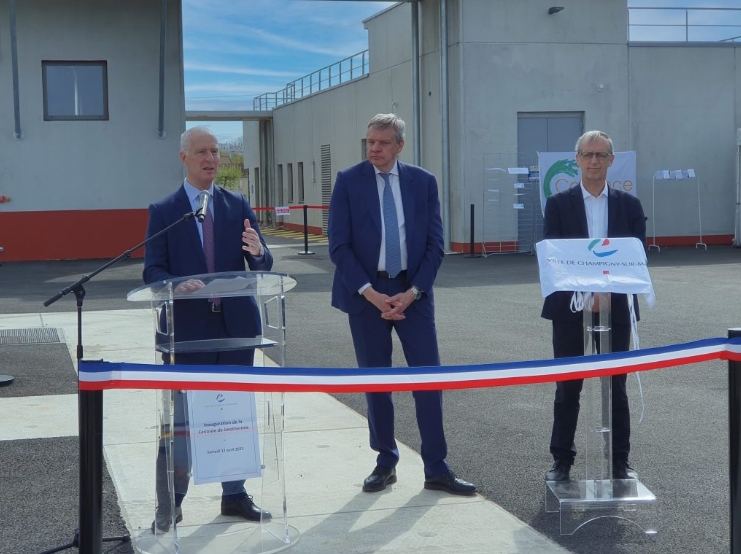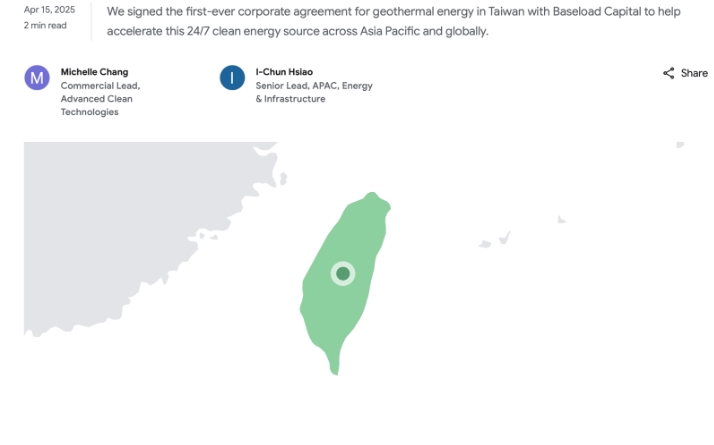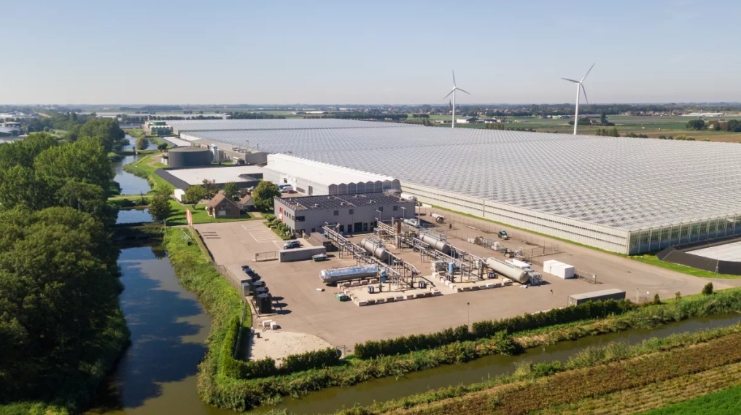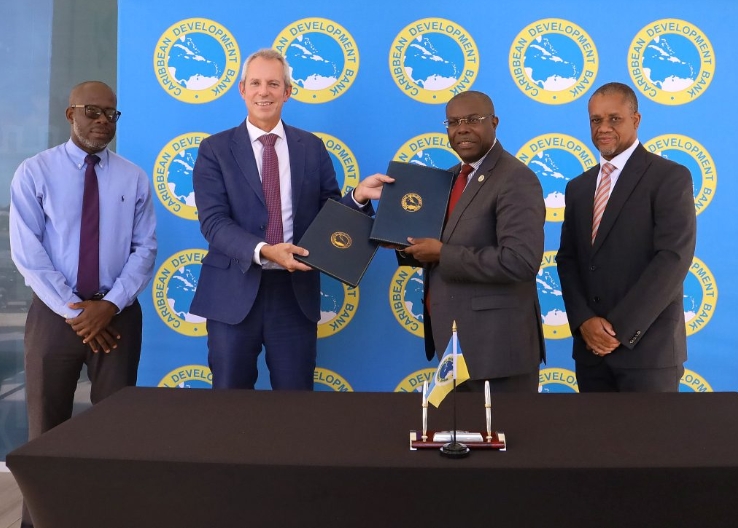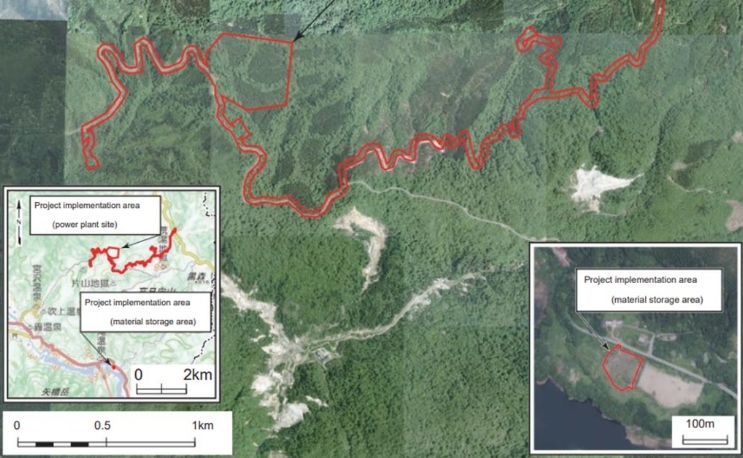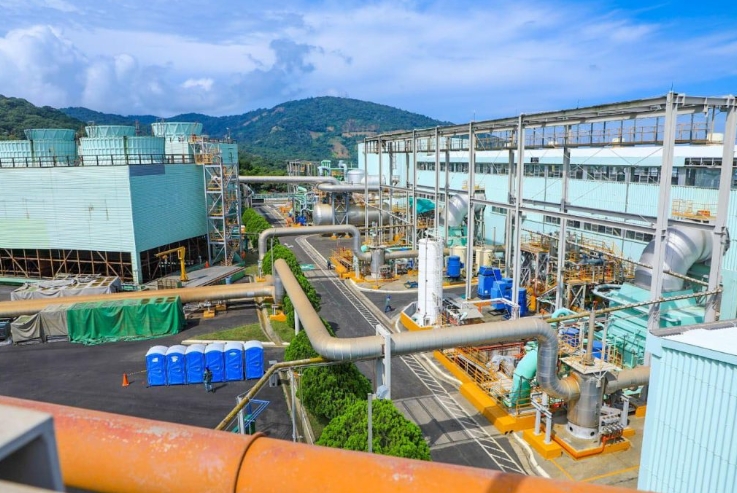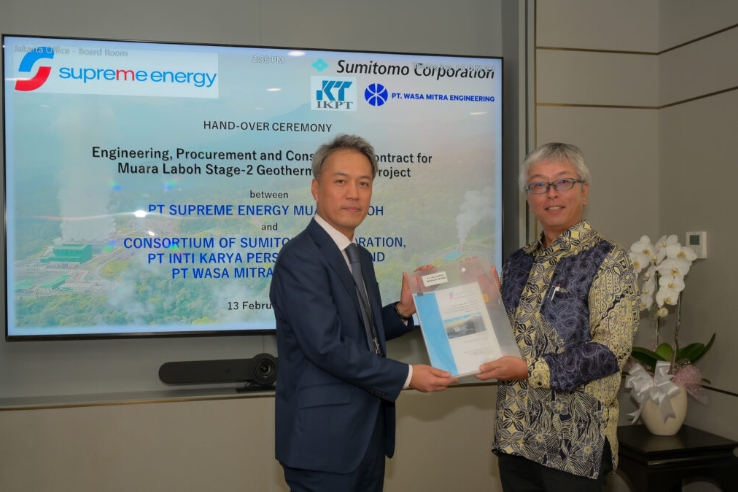Munich utility Stadtwerke München (SWM) is investing €80m ($87m) to expand its climate-friendly district cooling network with pipelines carrying cold air from a geothermal plant in the southern district of Sendling to a grid supplying inner-city clients.
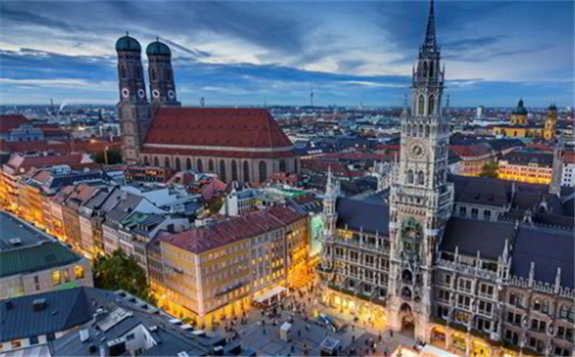
The 20-kilometre-grid so far had been fed by the cold from underground streams and ground water in the area, and pushes down electricity consumption for cooling by 70%. SWM’s geothermal plants so far produce power and heat for the district heating system of Germany’s third-largest city.
The cold pipeline under the ‘Cool City 2.0’ plan from the Sendling geothermal plant to the inner city will be 5kms long and is expected to be built by the end of next year.
German cities used to have relatively little air conditioning compared to, for example, its southern European peers. But Munich summers in recent years have been longer and hotter due to global warming, with temperatures nearing 40 degrees Celsius on many days.
“We produce district cooling centrally and distribute it over the pipelines to clients. Renewable energies make a considerable contribution to the production of cooling,” said SWM technical managing director Helge-Uve Braun.
“That way CO2 emissions are falling significantly. Also, individual air conditioning systems in buildings - and their resulting on-site heat emissions - are no longer needed. The district cooling thus counteracts the summer heat bell over the city center and the overall warming of Munich.”
Preliminary construction activities have started in late March in a densely built area close to the inner city. SWM expects the project to be completed by the fall of 2021.
SWM is already producing enough electricity from renewable power plants to meet the power needs of all residential consumers in the city of 1.5m inhabitants since 2015.
And the utility is on track to produce enough renewable energy by 2025 to power the entire city, including its heavy industries such as BMW and Siemens.
By 2040, SWM targets to feed its district heating system – one of Europe’s largest – entirely with renewable power, mostly from geothermal plants in and around the city. That plan may be accelerated after the Green Party became the most voted in the city parliament in municipal elections earlier this year.
